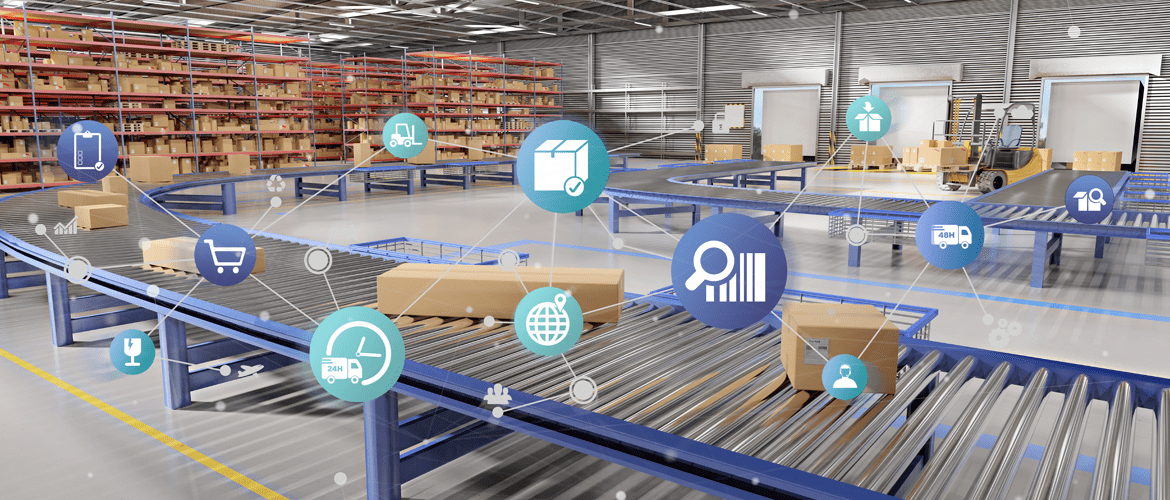More than one year ago I interviewed Flextronics VP of Supply Chain in Europe John Carr, and opened with the vexing and it seems amusing question of ‘Is Supply Chain becoming sexy?’ You can see the entire interview on YouTube at http://youtu.be/14B_fw3kk5o
I think supply chain is sexy, but more importantly I think supply chain can be a real competitive advantage in all parts of the electronics manufacturing industry, from the brands themselves, to the outsourced product fulfillment companies that support them as well as those in component distribution and other ancillary services.
When I talked to Riverwood Solutions’ founder Ron Keith about the launch of the Apple Watch and the iPhone 6, much if his commentary was around the need for a sophisticated supply chain to be able to bring such a product to market and to ramp so quickly.
Indeed, supply chain has often been cited as the key competitive advantage that China offers as a manufacturing region. No longer is it all about low cost labor. Now the solutions around supply chain impact on where product is made and by whom. Supply chain is fundamental to business success, not just in electronics. It is the very core of how products make their way from the innovation to the final consumer.
Can supply chain provide a real competitive advantage?
Yes, absolutely the supply chain can be an advantage, and in so many ways. That isn’t to say a perfect supply chain exists, even as an ideal to aspire to. A supply chain has to be flexible, as do the elements that make it up. Supply chain is not a one size fits all business, it is about trying different types of supply chain strategies and tailored solutions.
Ideally supply chain design would start at the same time as product design and would uniquely reflect the needs of the product and its market. The supply chain then needs the ability to adjust and adapt to market trends and to challenges from within the supply chain itself, such as shortages or quality issues.
This is where it gets exciting and a manufacturing supply chain strategy becomes a real competitive advantage. If a brand takes supply chains seriously and looks at it as a key differentiator when selecting their outsourced manufacturing partner, they can really leverage this as a business advantage. This requires some vision, because the supply chain at the launch of a product will not be the same supply chain as the one that is needed throughout its life.
A launch supply chain may be regional, may not require customization, and, indeed, might be quite straightforward. It will need to reflect specific needs such as the speed of the ramp and fulfillment that is required. But roll forward and there will be a number of issues that challenge that supply chain. This might mean moving into new geographies where an established supply chain that understands local regulations and customs will be essential. It might mean bringing additional products to market to suit market demands. It could also mean dealing with rapid changes in volume, such as a rapid ramp up or slow down. It may mean challenges within content, due to component supply or unexpected supply chain challenges. It may also mean reverse logistics, due to a product update or recall. In an ideal world a brand will be dealing with rapid growth in volumes, new products coming to market, new regional demands, all making demands on the supply chain and the success or failure of that supply chain will impact massively on that brands progress.
And what about how the supply chain reflects on the brand when things aren’t right? Corporate Social and Environmental Responsibility (CSER) can have a huge impact on any brand. When poor working practices are exposed at a contract manufacturer or even earlier in the supply chain, it reflects badly upon the brands that use the manufacturer. Brands need to understand and manage their supply chain as much as possible, right back to where the raw minerals are mined and processed.
So, supply chain is sexy, exciting, dynamic and challenging. The right manufacturing supply chain strategy can define your business and impact massively on your success.
Sign up for our blog
Stay up-to-date on the latest in manufacturing trends, insights and best practices.





